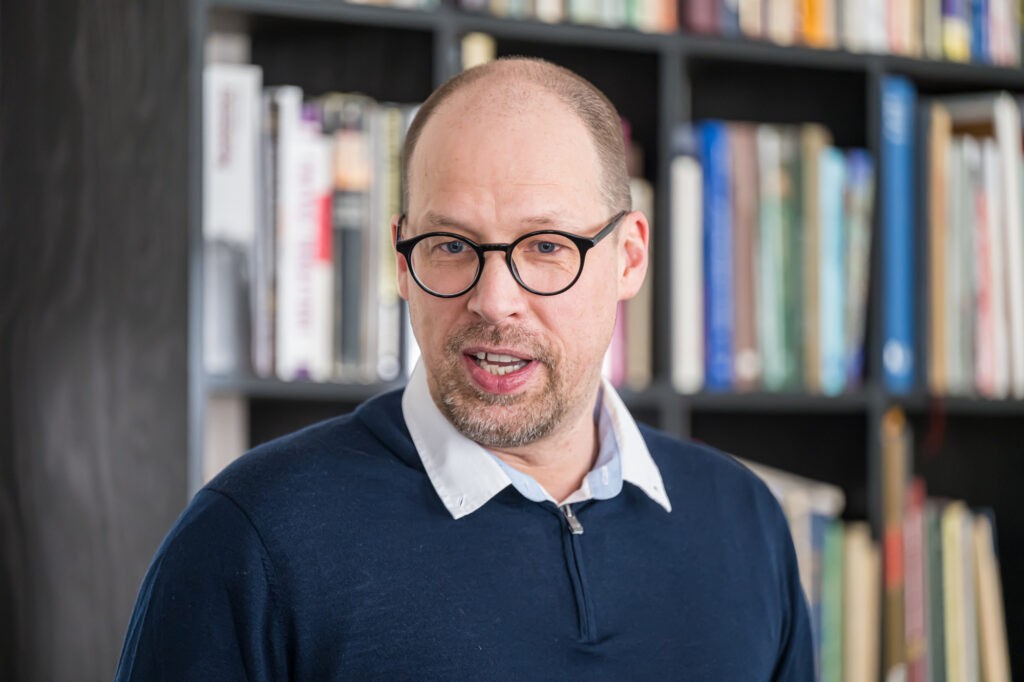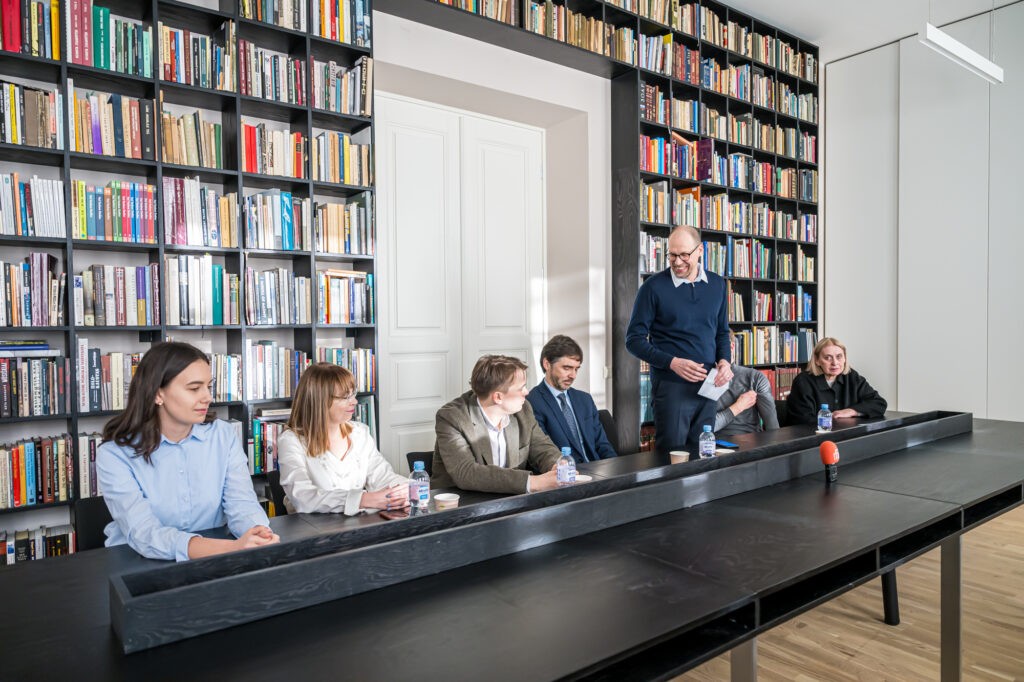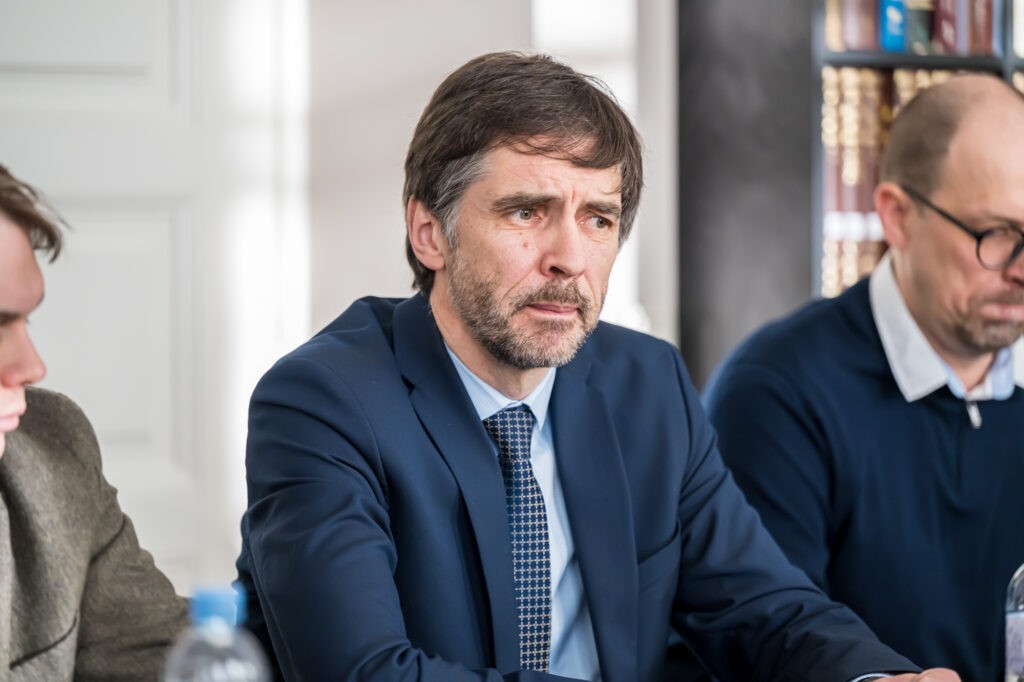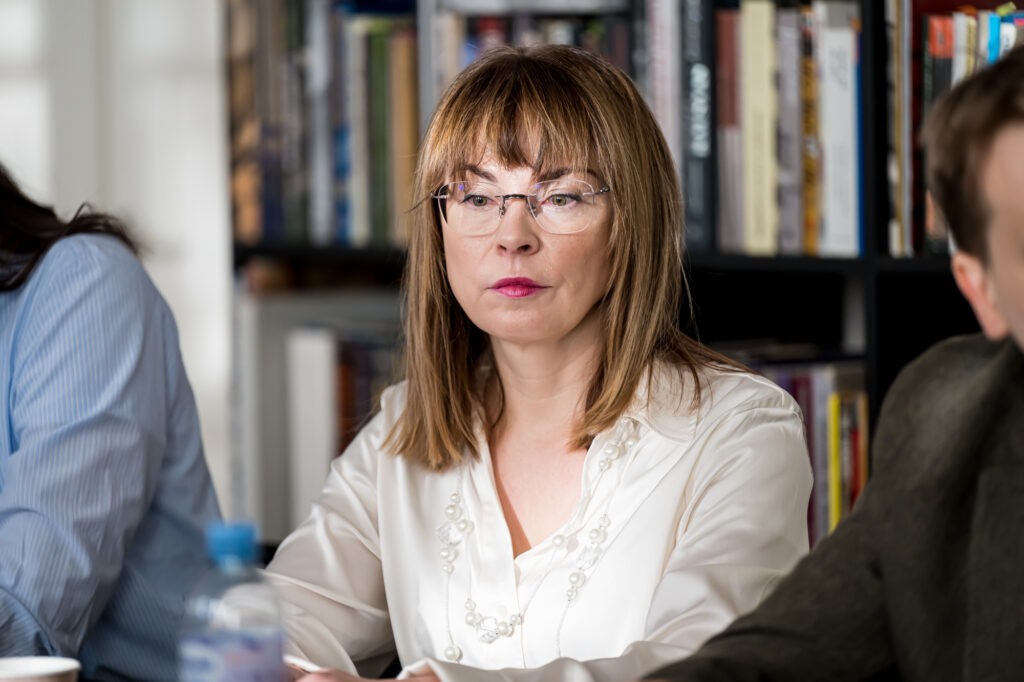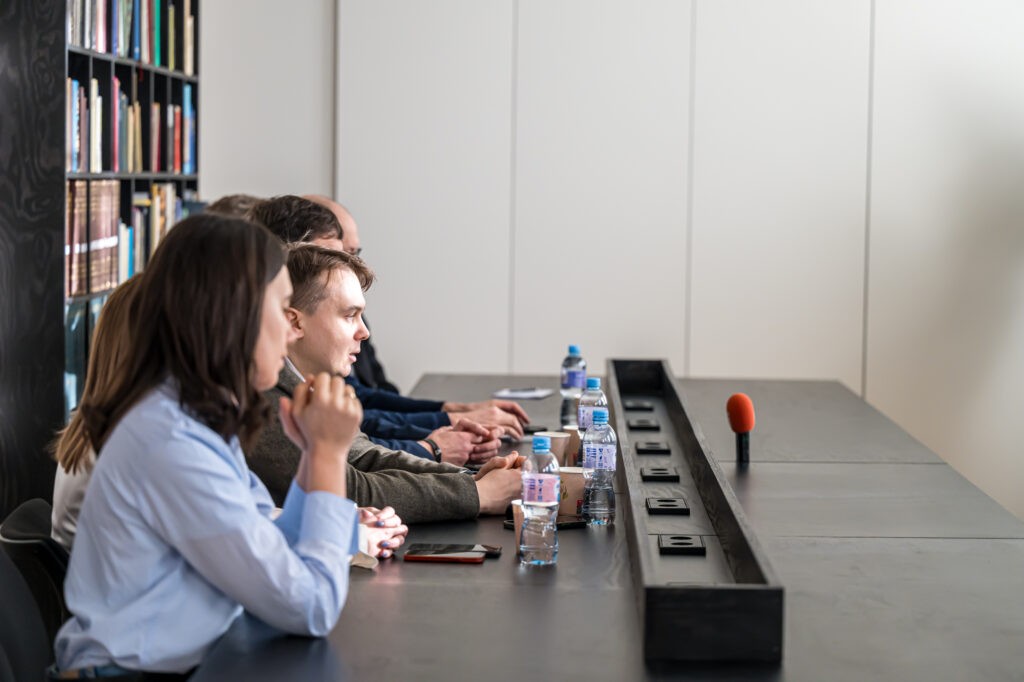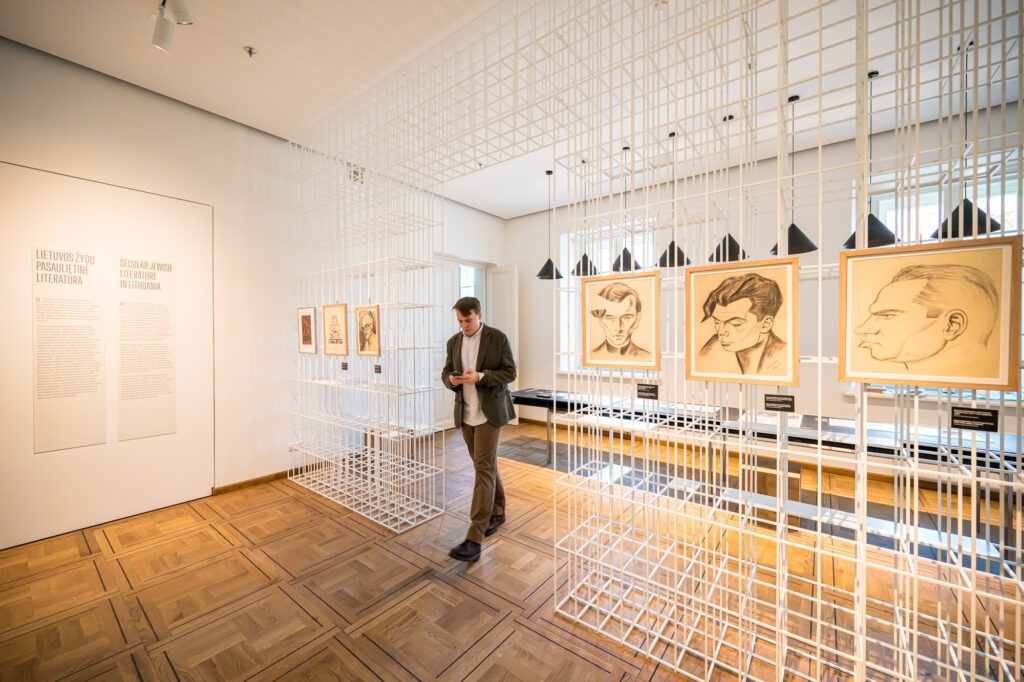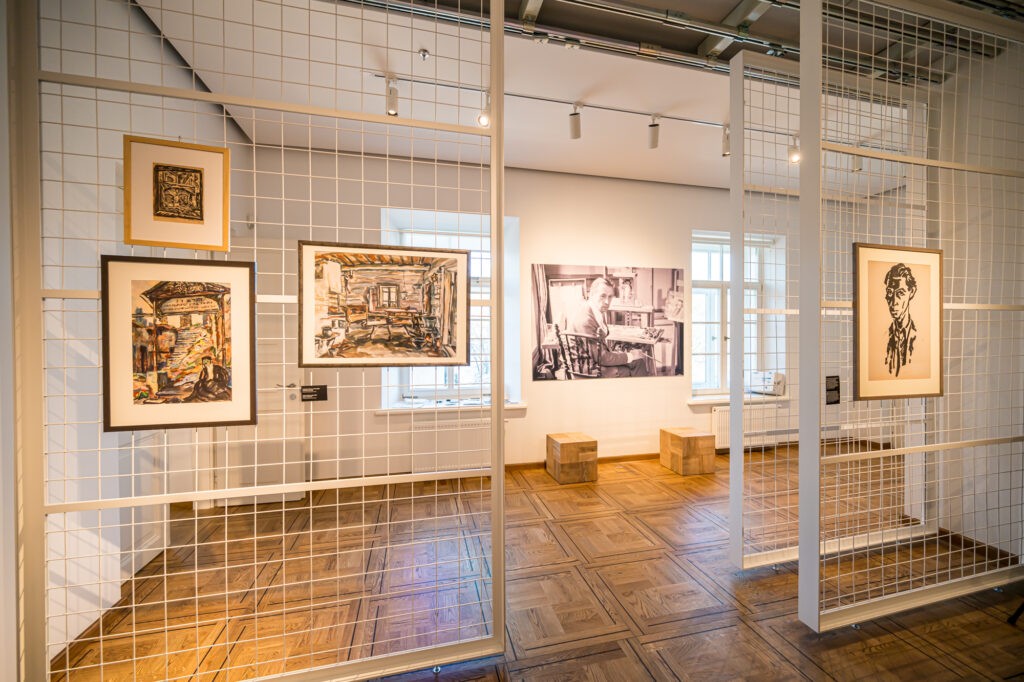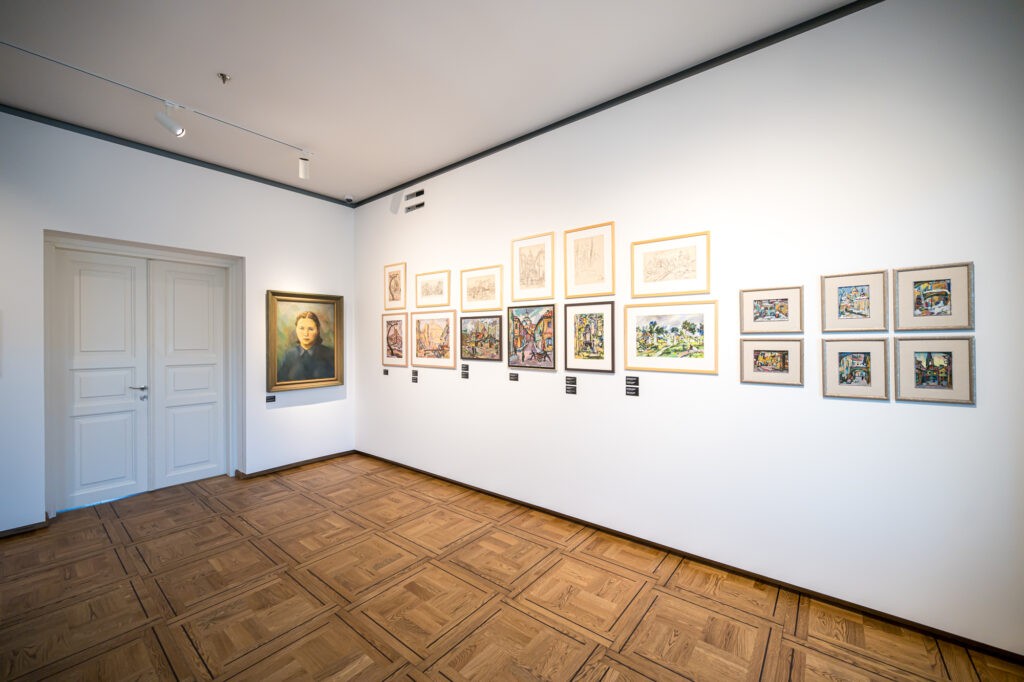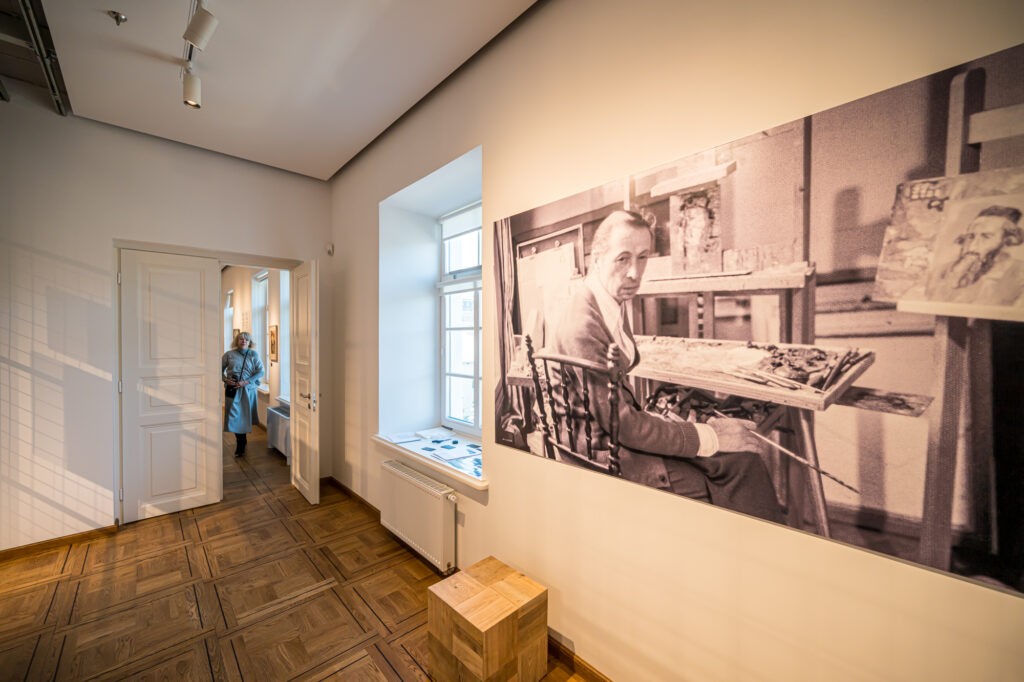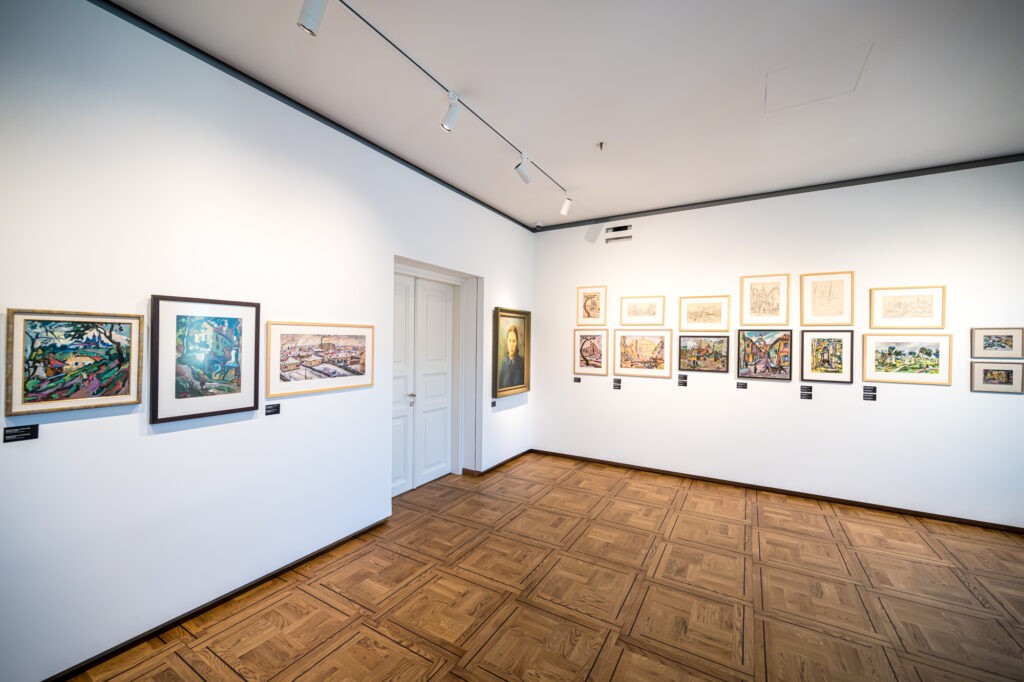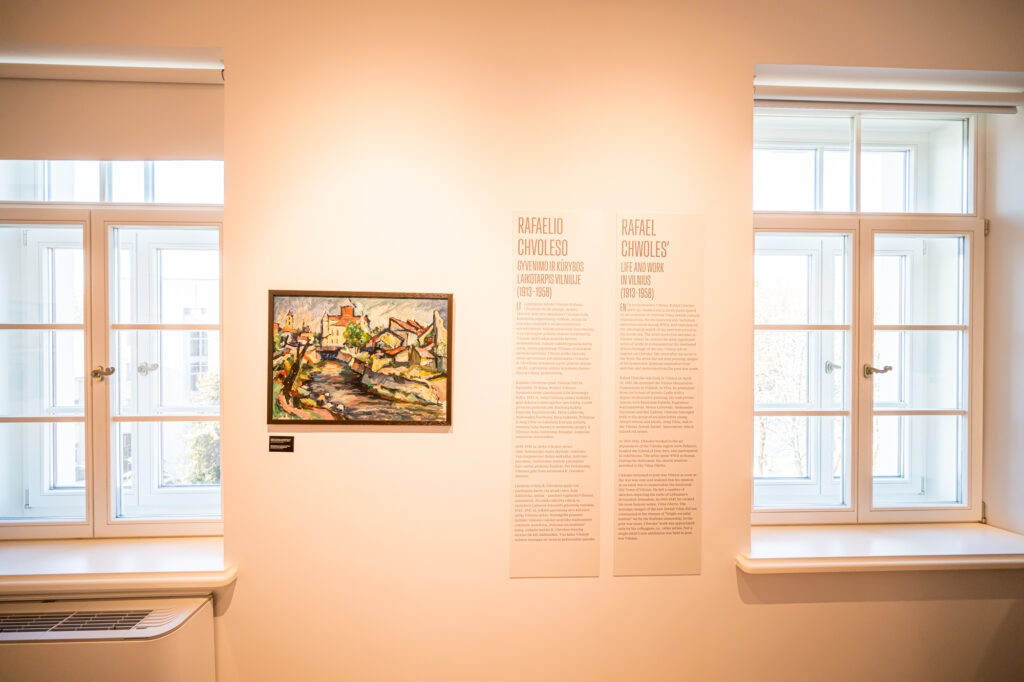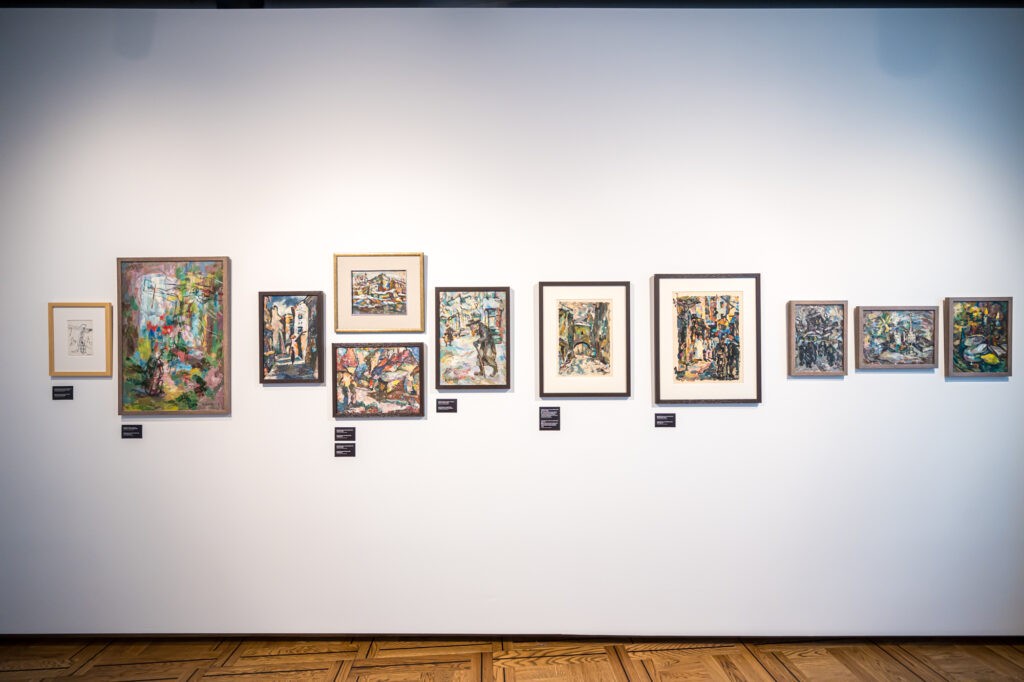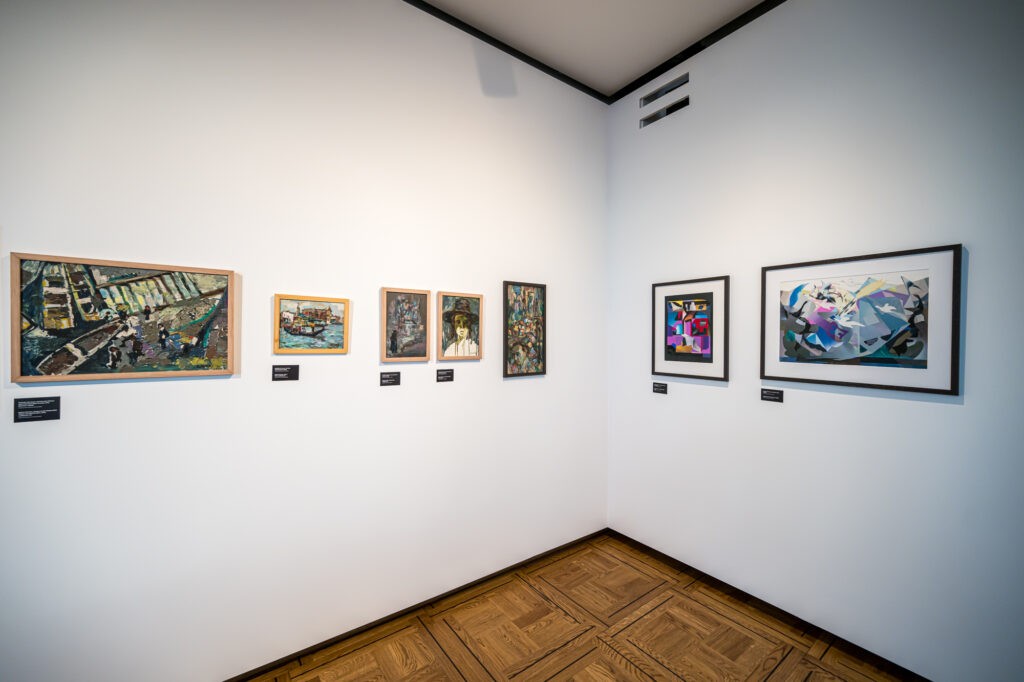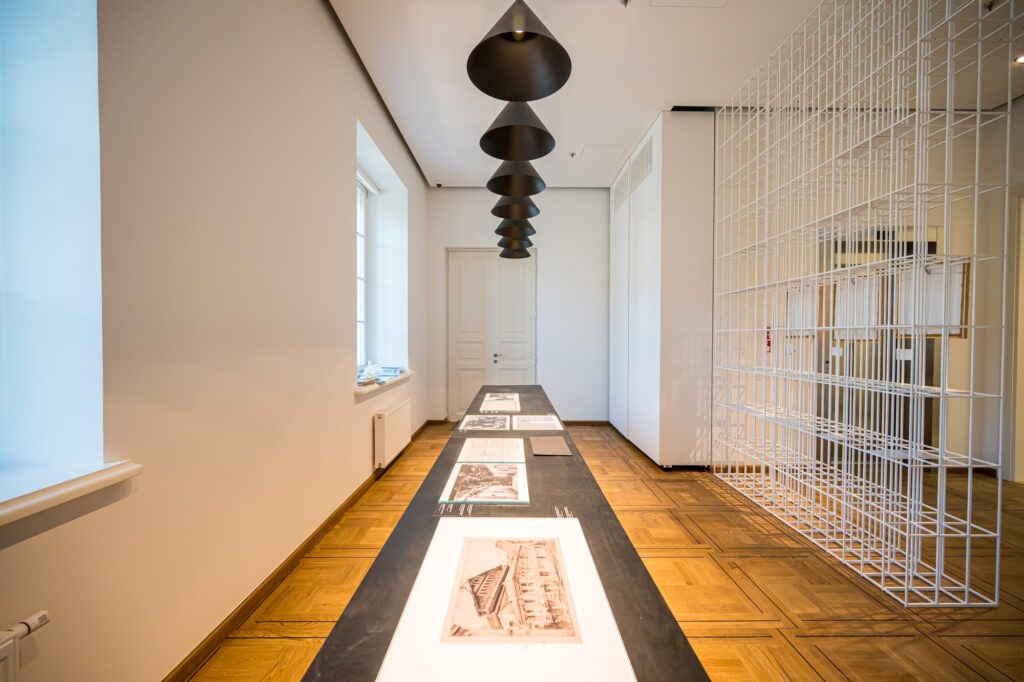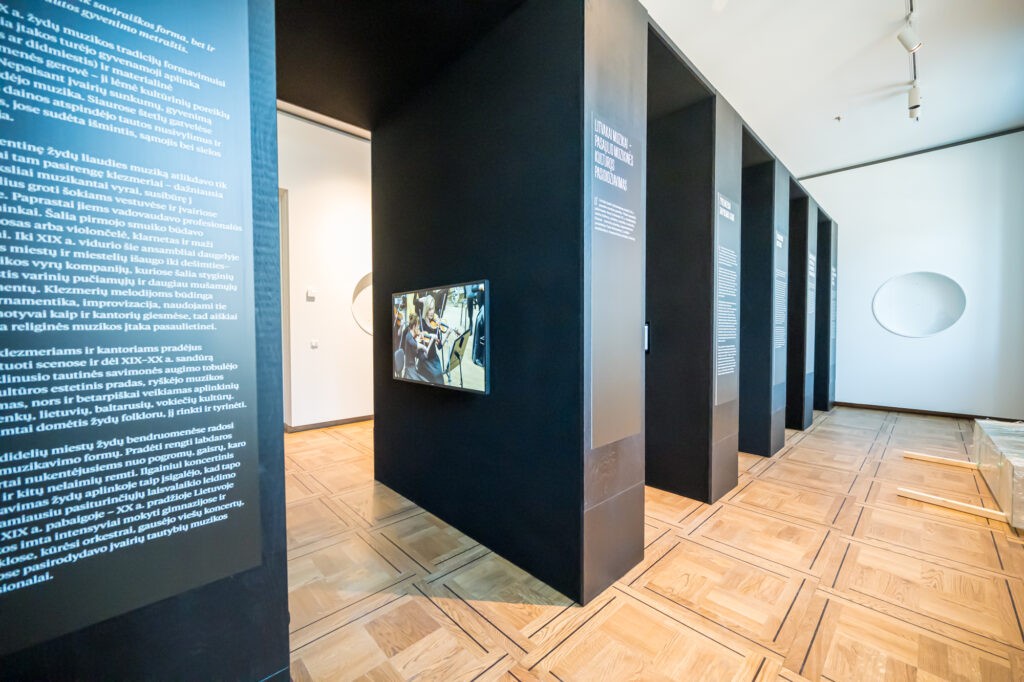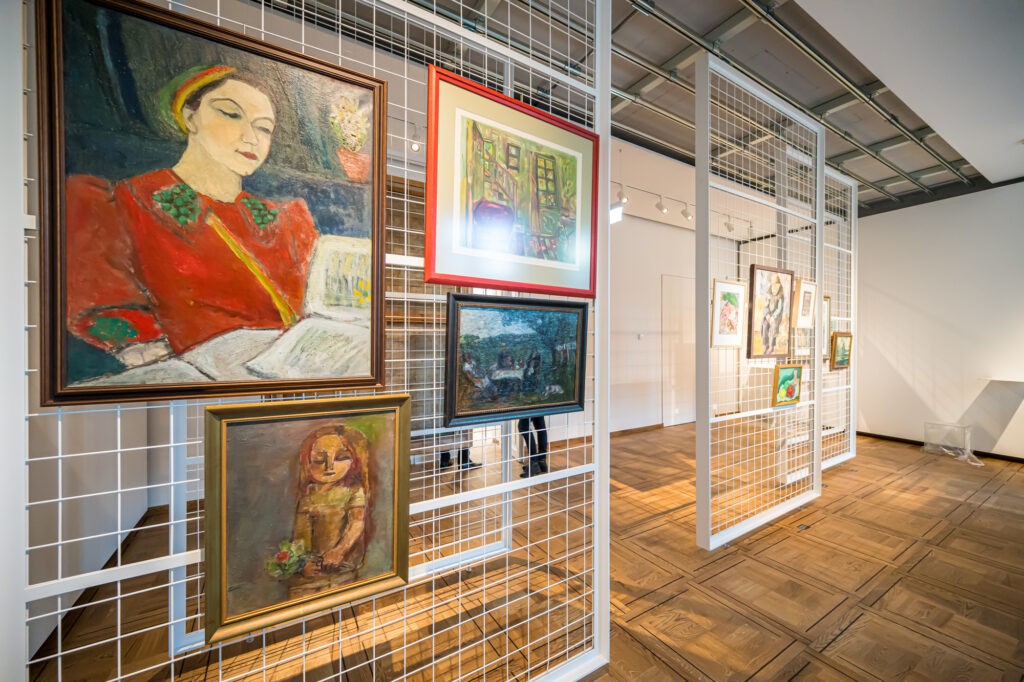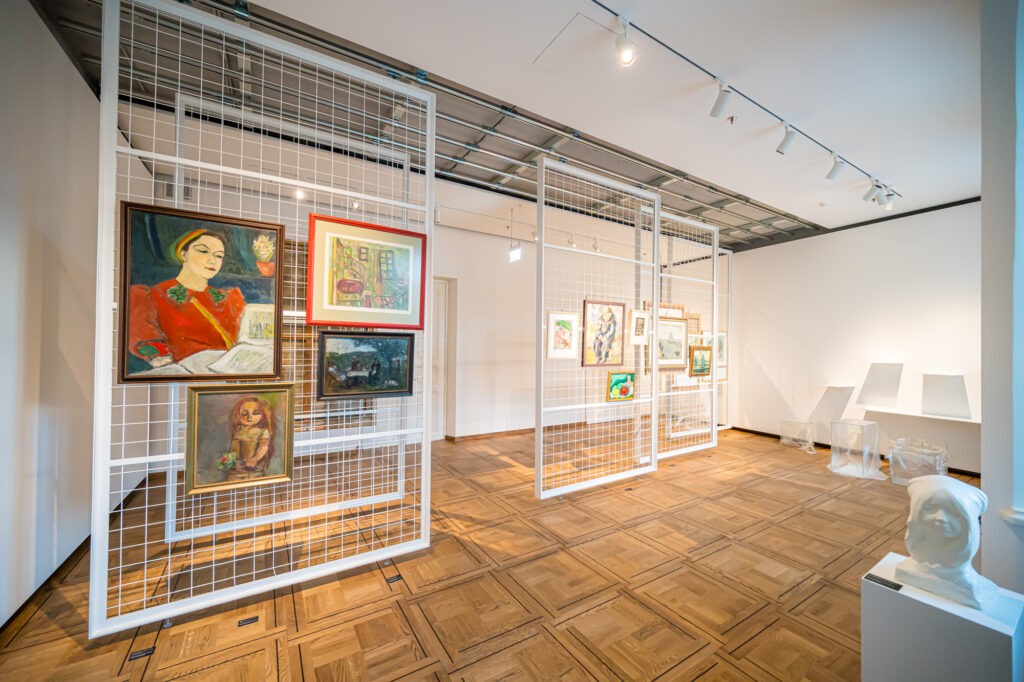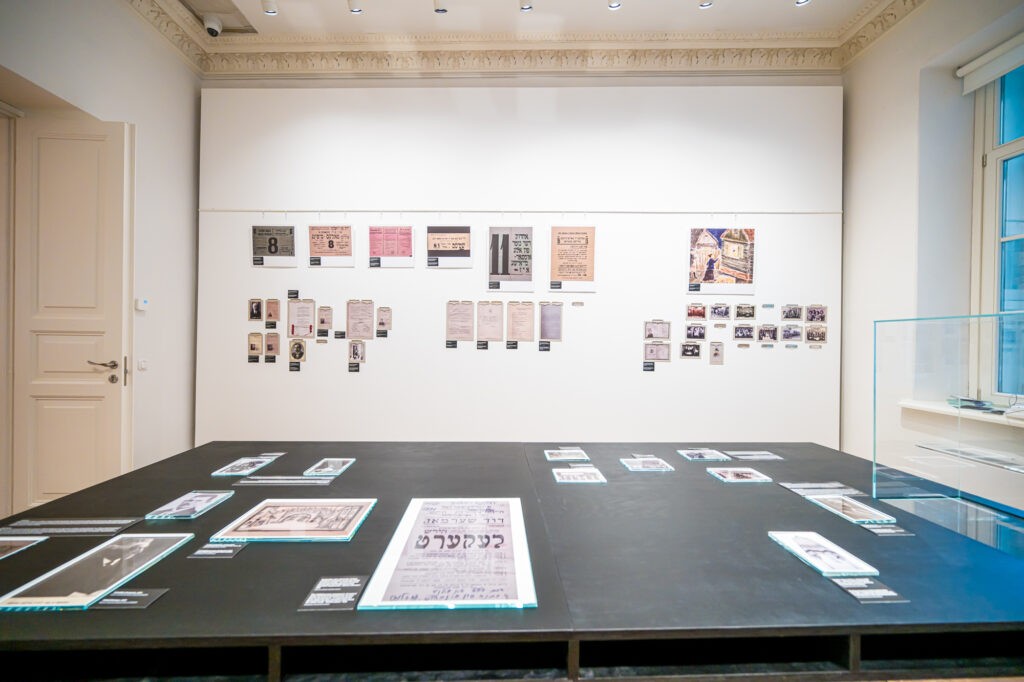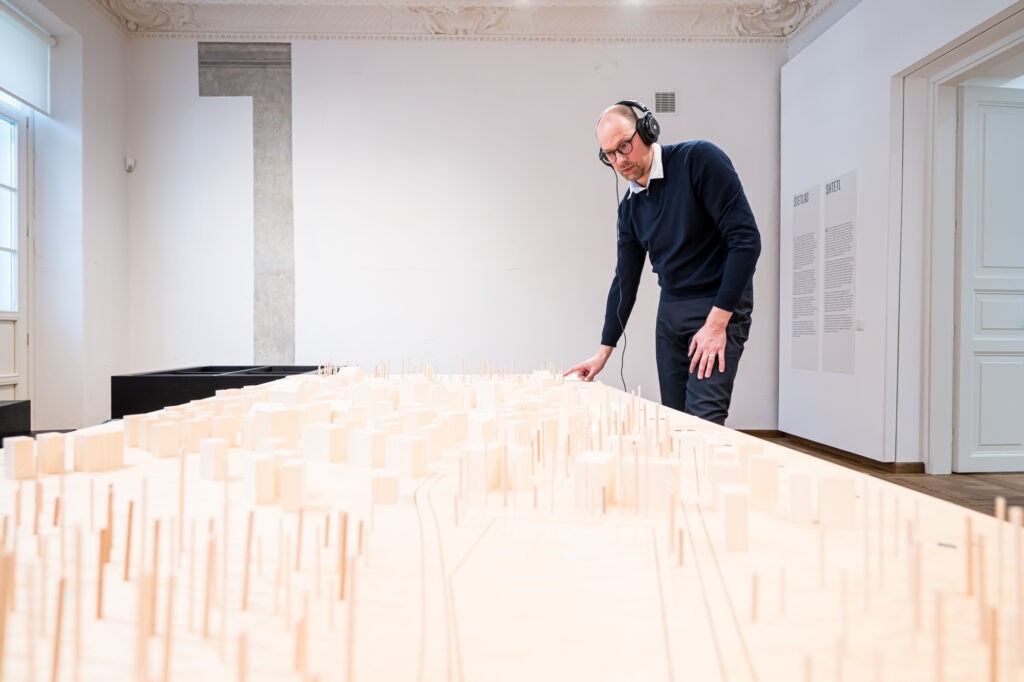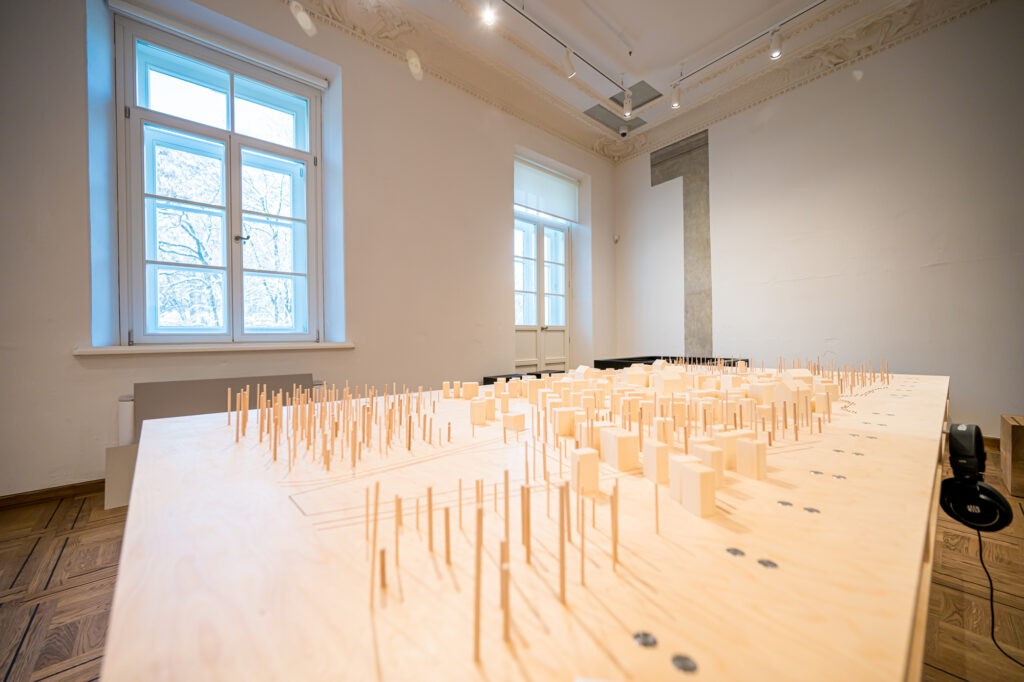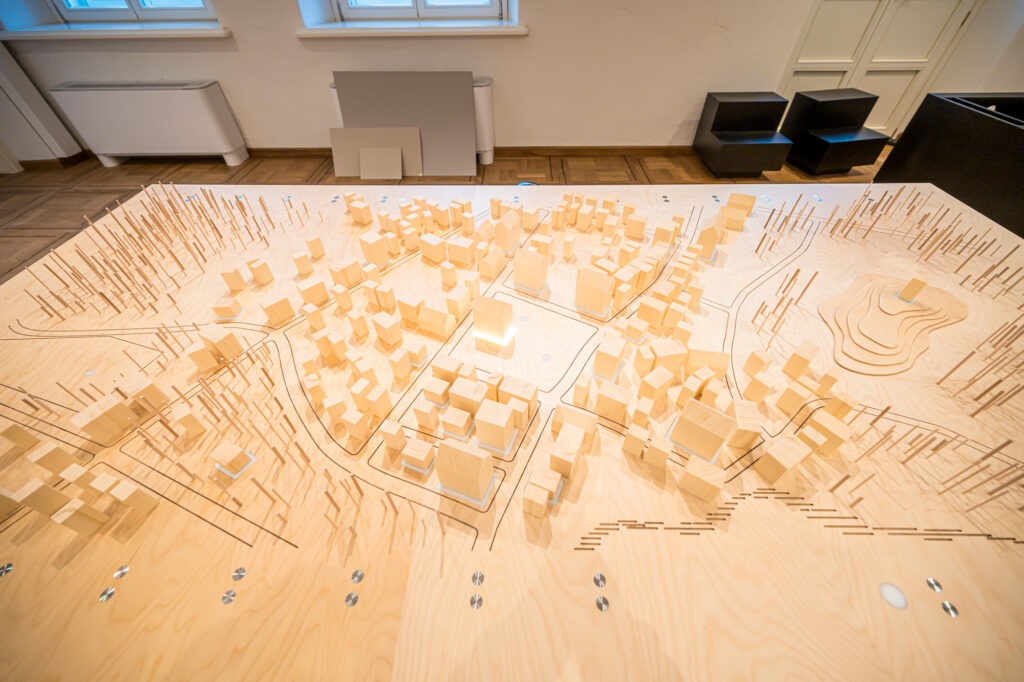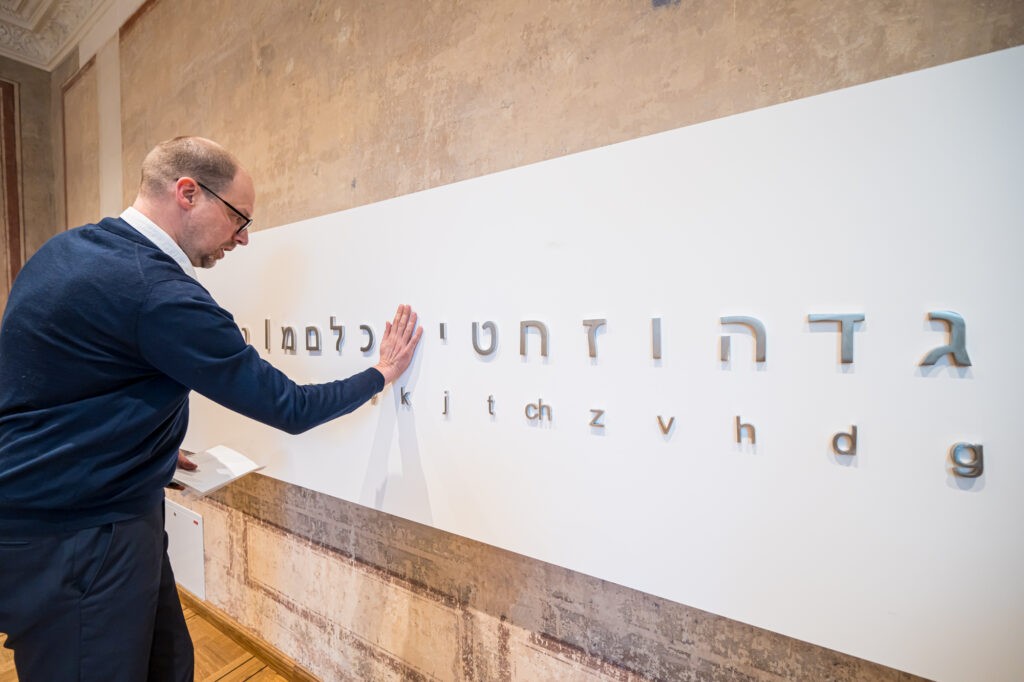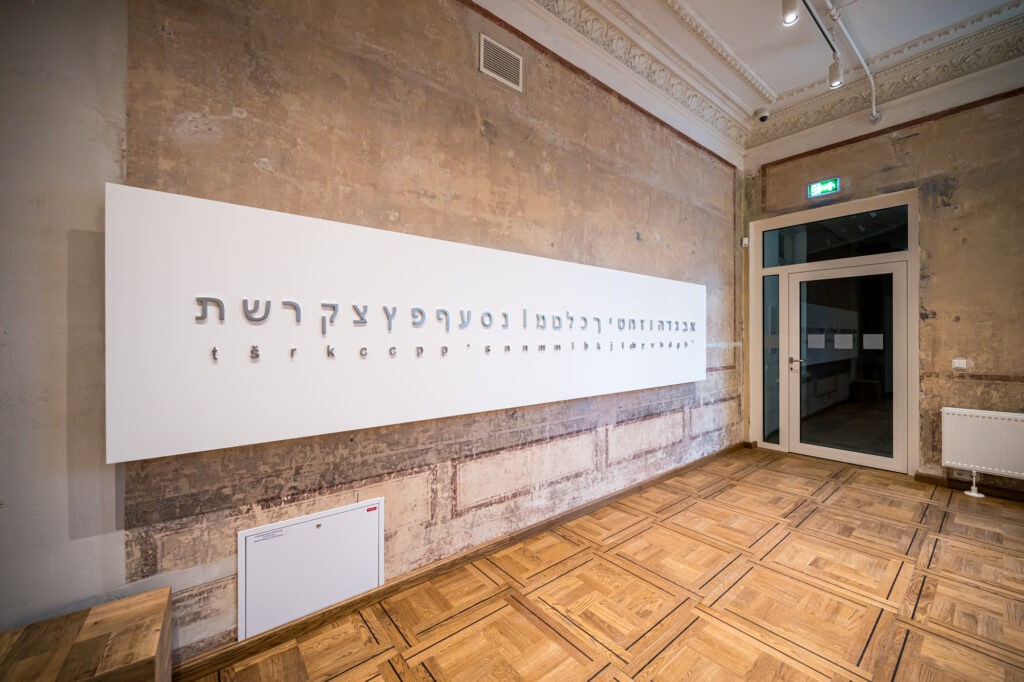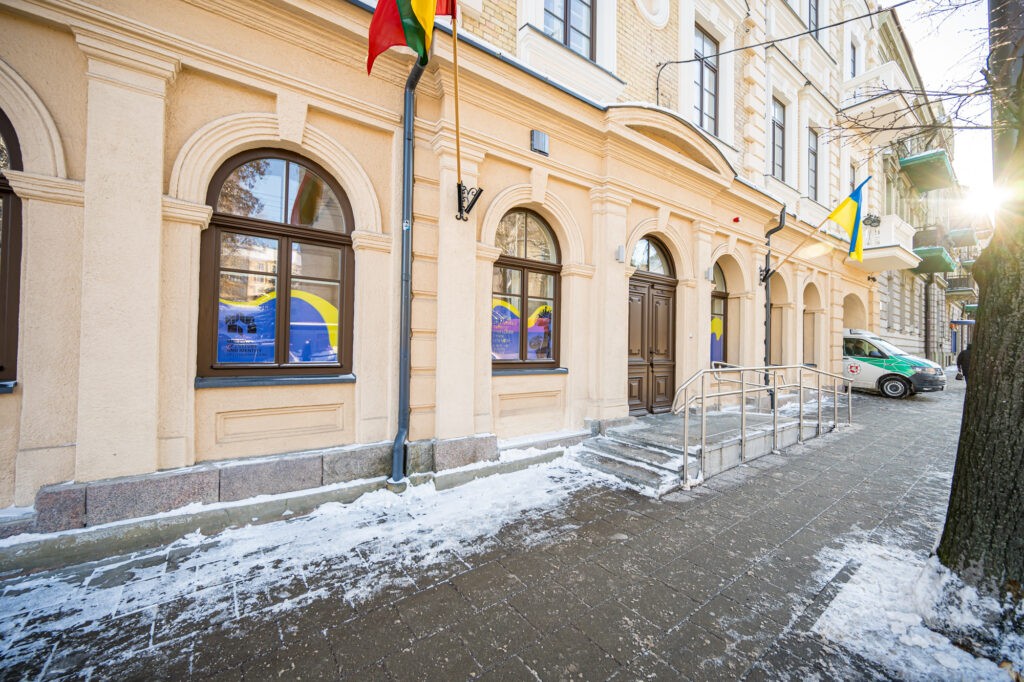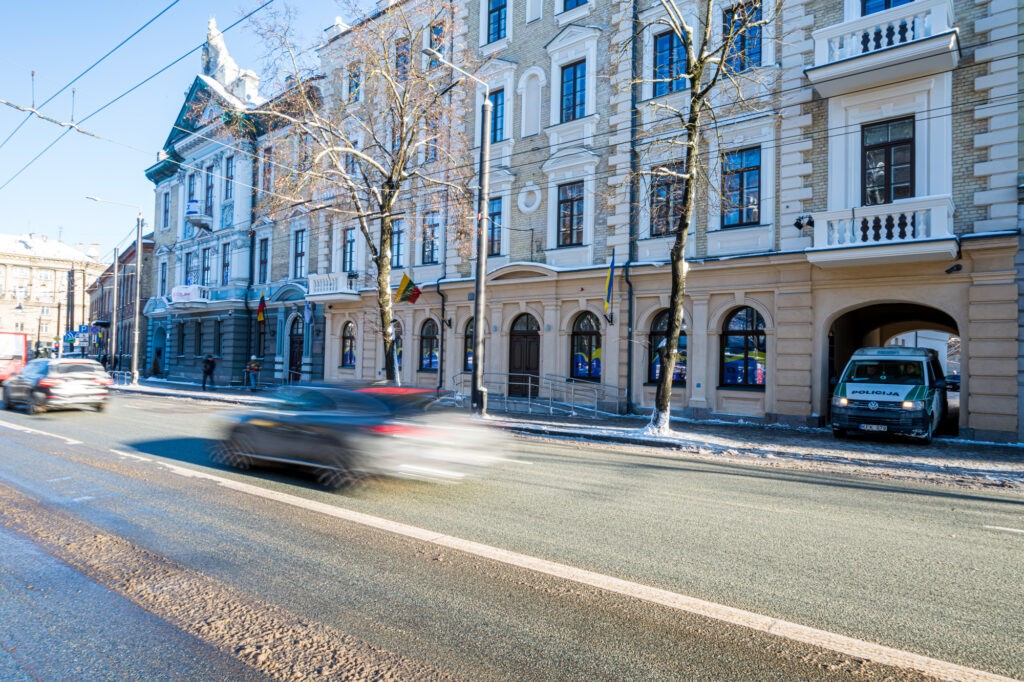in 2024 January 18 The Museum of Lithuanian Jewish Culture and Identity (LŽKTM) is opened. This is the new and largest branch of the Vilnius Gaon Jewish History Museum, laconically, unofficially called the Litvak Museum.
Located in the capital's Pylimo Street 4A, in the former building of the Jewish high school "Tarbut", LŽKTM is the first museum in our country, presenting the history, culture, customs and different historical everyday life of Lithuanian Jews in such a versatile and detailed manner. On the top floor, one of the most famous XNUMXth century Museum of Lithuanian Jewish artists, Raphael Chvoles from Vilnius, who immortalized the destroyed North Jerusalem.
A lot of attention is also paid to other world-famous Lithuanians who were born, lived or are related to Lithuania. Among them are Nobel prize winners Aaron Klug and Bernard Lown, artists Mark Antokolskis, Jacques Lipchitz, Neemija Arbitblat, Hollywood stars Ruth Roman, Al Jolson, Laurence Harvey.
The four-storey building houses 17 exhibitions of modern design. The first floor of the building is dedicated to visitors' trust and service, as well as a hall for educational activities. The museum exhibits are spread over the other three floors.
According to the director of the Vilnius Gaon Museum of Jewish History, historian dr. Simon Streltsov, the new museum opens a new page in museology: there is no other like it in Lithuania.
"We, the younger generation, grew up in the shadow of the tragedy of the Holocaust. Jewish culture is usually presented during that cataclysm, he said. - This museum, in turn, tells a completely different story, something that is not in textbooks: it is culture, traditions, religion, writing, cuisine, games, customs, famous people that we can be proud of in Lithuania and beyond. We hope that the museum will have a lot of events, interesting talks, discussions, viewings, hearings. I believe that the museum will fit into the cultural space of Vilnius in a beautiful and meaningful way."
Exchange of words
The first floor of the exposition reveals the events and phenomena that shaped the culture, identity and daily life of Lithuanian Jews: the historical context, the religion of Judaism, life in the shtetl, Jewish languages and other aspects that determined the life of the community are presented.
"Religious texts written in Hebrew, bent over books, were thoroughly studied by a frequent member of the Jewish community. And Yiddish has long been considered a primitive, folk language," says LŽKTM l. e. Mr. host historian dr. Aivars Poška.
At the end of the 19th century - the 20th century. At the beginning, the attitude changed, attention was drawn to the fact that it is not a dialect, but a separate language. Kaunas became the capital of the Hebrew language, and Yiddish - thanks to Vilnius Gaon and other personalities - established itself in Vilnius, North in Jerusalem.
Ludvikas Zamenhof, the creator of the Esperanto language, who sought to provide humanity with a tool that everyone could use and understand each other, will also attract attention at the language exhibition.
"It is interesting that the loanwords from Yiddish and Hebrew, which are still used daily by Lithuanians (chebra, bachuras, pacanas, chaliavai, khana, kipish), show that the relations between national groups were not only economic. Jews also borrowed another word from Lithuanians: lingonberry, potato, ragana. Scientific studies claim that in Lithuania the Yiddish language had a Lithuanian, Lithuanian dialect", says historian Dovilė Čypaitė-Gilė, the curator of the exposition of LŽKTM.
The greatest focus is on Judaica
The exposition of Judaism in the museum is one of the most significant, revealing the rich religious tradition of Lithuanian Jews. Shown in the 10th century. unique sacred objects from Vilnius Great Synagogue: cartouches, omedas, aron kodesh doors preserved during the Holocaust; rimoni - decorative ends of the Torah scroll, yadas - pointing sticks for reading the Torah; after XNUMX years of excavations, the remains of the sanctuary were discovered: XNUMXth century. memorial plaque, fragments of synagogue columns, fragments of stained glass.
The Hall of Judaism presents the most famous cantors from Lithuania, whose voices were heard both in Vilnius Great Synagogue and abroad.
The space of the late 19th century Jewish home is also open in the museum. It takes us to a period of great changes, when Jews no longer read only religious literature, but gradually take secular literature as well.
"The Haskala educational movement, which brought great changes in self-awareness, among other things, also encouraged migration, because due to rather strict traditions and religious norms, some decided to look for an easier life in foreign countries," says D. Čypaitė-Gilė.
Prepared for life in Palestine
A separate exhibition hall is dedicated to shtetls - towns, the majority of whose inhabitants were Jews before the Second World War. "The life of the shtetl was a separate microcosm. Cultural and economic ties both between Jews and Lithuanians and between Jews themselves were very fragmented. We would like to accommodate all those stories in this hall", said Aivaras. A special card file will allow you to get acquainted with the history of the shtetls of the 70s, town synagogues, and the most prominent personalities.
Jewish political movements and parties are presented in the political hall. "The Zionist movement is well known to everyone, which encouraged people to move to what was then Palestine and create the state of Israel. However, few people know that kibbutzim were built next to the shtetls in Lithuania, where people were prepared for life in Palestine," said Dovilė. Also important are the issues of interwar Jewish cultural autonomy, personalities who changed the face of Lithuania.
Immortal Pleiades
The second floor of the exposition is dedicated to the creativity and secular culture of Lithuanian Jews: literature, music, theater, art. Here you can also listen to the stories of Lithuanian Jews about their own and their family members' relationship with their homeland and reflect on what factors shaped the identity of Lithuanian Jews.
Here, visitors can meet a rich and immortal constellation of Litvak artists: Abraomas Mapu, Abraomas Suckever, Chaim Gradė, Abraomas Karpinovičius, Icchok Meras, Grigorijus Kanovičius, Jacha Heifetz, Leopold Godowski, Daniel Dolski, Klara Rokmor, Daniel Pomeranc, Benjamin Gorbulski, Leonard Cohen. , Anatoly Shenderov.
Jews were innovators, the first to bring the traditions of cinemas and photo studios to many towns in Lithuania. More than one person came from Lithuania who made an international career in cinema or visual arts in general: Al Jolson, Lorence Harvey, Ruth Rokman, Moišė Vorobeičikas (Moï Veras). And... David Suchet (Erquil Poirot).
A museum within a museum
The Rafael Chvoles Museum is located on the third floor of the exposition. Through the story of one person's life is revealed complex events of the first half of the 20th century and the destinies determined by them. The artist's works were donated to the museum by his sons Milijus and Alexandre living in Paris.
The Litvak Museum is also suitable for small visitors. In almost every exhibition hall, they are greeted by games, puzzles and other engaging educational tools that encourage creativity and help them learn about the history of the Lithuanian Jewish community.
The exhibition of the museum will help visitors to answer the questions of who is a Lithuanian Jew, what shaped and is shaping the identity of Lithuanian Jews, and how it affected Lithuanian culture. The museum aims to spread tolerance between cultures, develop empathy and the coexistence of peoples.
Located in the "Tarbut" high school building
The building of historicist architecture (architect Tadeusz Maria Rostworowskis), which houses the Museum of Lithuanian Jewish Culture and Identity, was a significant center of Vilnius Jewish life. It was built as an array of luxury apartments in the late 1915th century. In 1916, doctor Josifas Epšteinas established a Jewish high school in Hebrew, from 4 the premises rented for the school on Pylimo St. 3. After the founder died during a typhus epidemic, the gymnasium was named after him. In the XNUMXs of the XNUMXth century, the gymnasium began to be patronized by the organization "Tarbut" (Hebrew: "culture"), the school was named "Tarbut".
The author of the project of the museum's expositions is the architecture office "Processoffice", chief architect Vytautas Biekša). The project for capital repair and maintenance of the museum building was prepared by UAB "Projektavimo ir restauravimos institutas" (project manager Marija Nemunienė), the project was implemented by UAB "Ekstra statyba".
